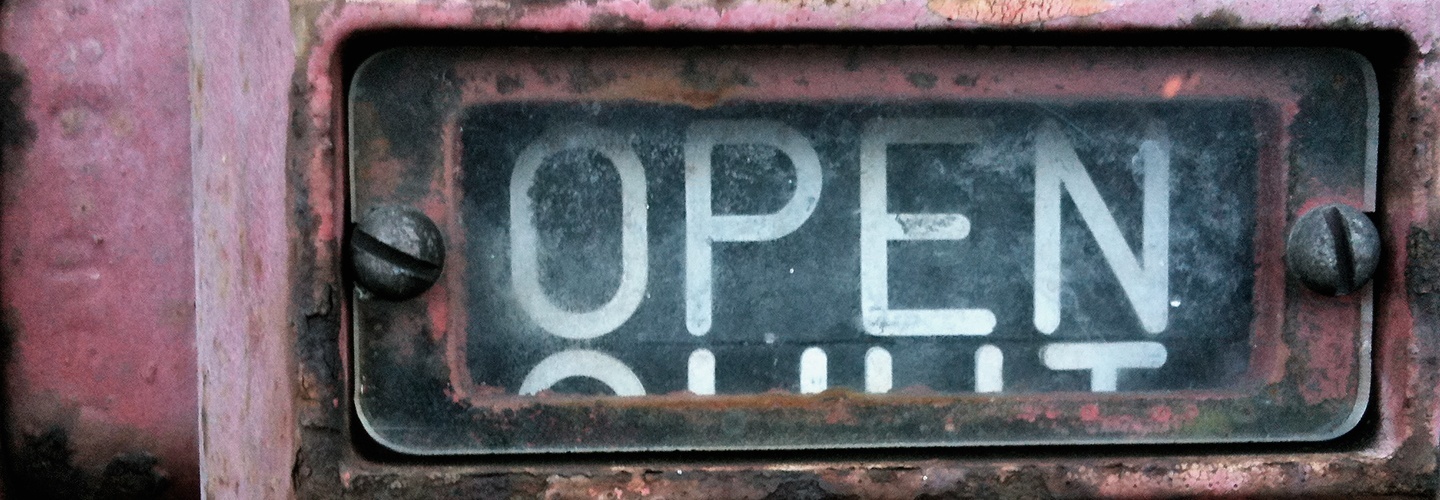
Users can help journalists do a better job
The people formerly known as the audience can now contribute at nearly every stage.
“Open journalism is journalism which is fully knitted into the web of information that exists in the world today,” says Alan Rusbridger, former editor of The Guardian. “It links to it; sifts and filters it; collaborates with it and generally uses the ability of anyone to publish and share material to give a better account of the world.”
There are many other names for this basic idea, each picking out a slightly different feature of it. “User generated content” is when the users take pictures, shoot video and write accounts of what they witnessed. “Crowdsourcing” is taking a job that could be done in-house and opening it up to anyone through the method of the open call. “Participatory journalism” is when the people formerly known as the audience join with professionals in the journalistic act. “Citizen journalism” is when amateurs with no particular training or background do what professionals have always done and publish it themselves.
All of these are forms of open journalism, which recognizes that the tools of media production and the ability to reach the public with an account of events are not longer the exclusive property of media professionals or large news organizations. Some key moments in its development:
1999
The technology site, Slashdot.org (“news for nerds”), which had an active comment section, was asked to critique and improve the draft of an article on cyber-terrorism. The community’s contributions substantially improved the article. Salon.com called it “open source journalism.”
2004
When the Indian Ocean Tsunami hit, almost all the early photos, video and accounts were provided by ordinary people or vacationers. As Steve Outing later wrote, that event taught media professionals that “before journalists even reach the scene, other ‘journalists’ of a sort will be telling the news, by taking photographs and videos, writing personal accounts, or sharing others’ stories.”
2006
Editors at the News Press, a newspaper in Fort Myers, Florida, asked readers to help them figure out why water and sewer bills were skyrocketing in nearby Cape Coral. The response was immediate. Some 6,000 submissions were received, including some crucial information, an audit document that allowed the newspaper to explain what was going on. Out of that project came one of open journalism’s key phrases: “help us investigate.”
2009
When the UK government released 700,000 documents describing four years of expenses claimed by members of Parliament, the Guardian crowdsourced its investigation by asking readers to help look through the mass material. More than 20,000 readers participated.
2011
During the “Arab spring” uprisings in Tunisia and Egypt, NPR’s Andy Carvin turned his contacts in the region and his Twitter feed into a real-time verification system and news wire. “Carvin’s followers are the engine that drives his reporting,” wrote Crag Silverman. “They help him translate, triangulate, and track down key information. They enable remarkable acts of crowdsourced verification, such as when they helped Carvin debunk reports about Israeli munitions in Libya.”
Today these methods are advanced enough that there are whole organizations dedicated to open journalism, including Storyful, reported.ly, Bellingcat and the BBC’s UGC hub. Much of their work involves verification: determining whether what amateurs have reported is true and reliable. The point is not that the people formerly known as the audience will replace trained journalists, but that increasingly journalists have to learn how to work with their users.
Key quotes
Open journalism is journalism which is fully knitted into the web of information that exists in the world today. It links to it; sifts and filters it; collaborates with it and generally uses the ability of anyone to publish and share material to give a better account of the world.
The people formerly known as the audience wish to inform media people of our existence, and of a shift in power that goes with the platform shift you’ve all heard about.
Being open has many advantages. But to do it, you need to be part of the web’s ecosystem, not just plonked on top of it. You need to submit to the web’s architecture, psychology, morays, rather than imposing a newspaper’s structure over the top. When you put the reader at the heart of what you’re doing, then you learn from them how the web works at that moment. We work together.
Why is this important?
Because journalists aren't smart enough to know everything, numerous enough to be everywhere, or wise enough to see all sides of a story.Killer links
- First Draft Why building online communities strengthens journalism
- Nieman Reports How participatory journalism turns news consumers into collaborators
- First Draft Why eyewitness media is central to the future of the news industry
- First Draft How newsrooms can use chat apps and private networks for newsgathering
- First Draft How journalism schools can train a new generation of fierce fact checkers
- Nieman Reports Truth in the age of social media
People to follow
-
 Alan Rusbridger was the former editor-in-chief of The Guardian.
Alan Rusbridger was the former editor-in-chief of The Guardian. -
 Alastair Reid is the manager editor of First Draft.
Alastair Reid is the manager editor of First Draft. -
 Andy Carvin is a senior editor at First Look Media.
Andy Carvin is a senior editor at First Look Media. -
 Jay Rosen is a press critic and a journalism professor at NYU.
Jay Rosen is a press critic and a journalism professor at NYU.
